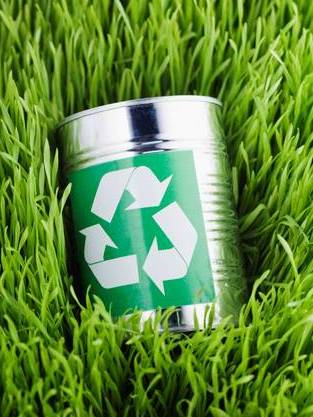 Wikipedia defines recycled paper as “… the process of recovering waste paper and remaking it into new paper products.”
Wikipedia defines recycled paper as “… the process of recovering waste paper and remaking it into new paper products.”
Recycled paper can be made from three different types of sources:
1. Mill broke (scraps left over from the manufacturing of paper),
2. Pre-Consumer Waste (paper discarded before use by consumer),
3. Post-Consumer Waste (paper discarded after use by consumer).
To be considered recycled, paper must include a certain amount of Post-Consumer Waste (PCW). The required amount varies based on paper type: at least 30% for plain and premium uncoated stocks and 10% for coated and cast coated substrates.
Over the years, recycling processes have improved greatly, making recycled paper a responsible, logical choice. Delivering high-quality results, the end product is typically comparable to that of virgin fiber paper.
At Green Books N Binders, we constantly test new paper products to provide our customers with a selection of recycled or responsibly produced printed material that will provide brightness, smoothness, excellent print quality and durability at a comparable cost to virgin fiber papers and non-recycled material.
Filed under: Recycling | Tagged: mill broke, PCW, post consumer waste, pre consumer waste, recycled paper, virgin fiber | 1 Comment »







